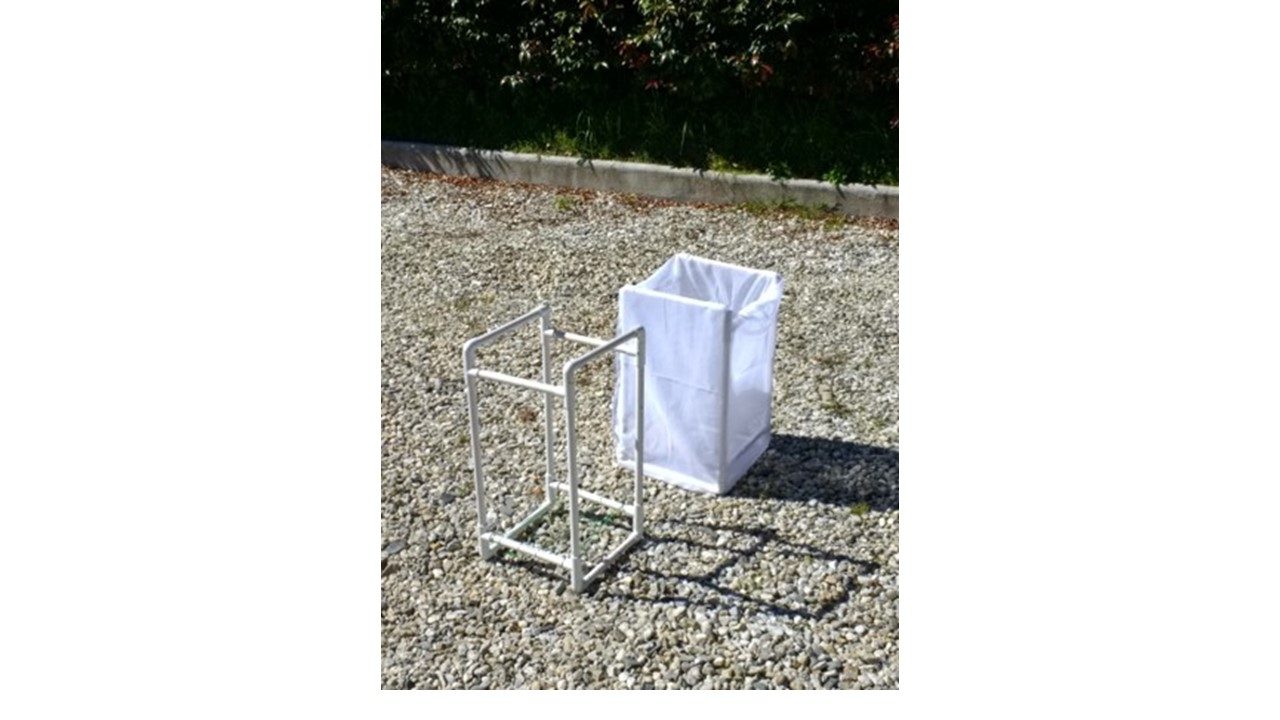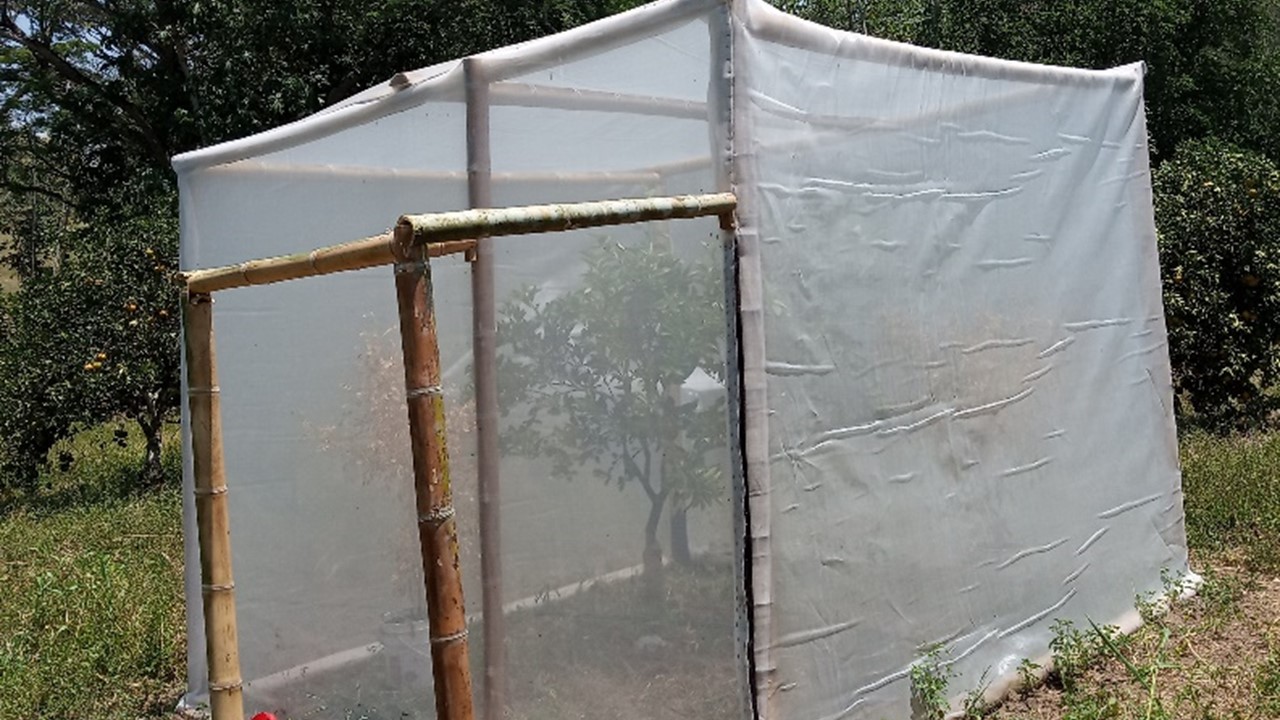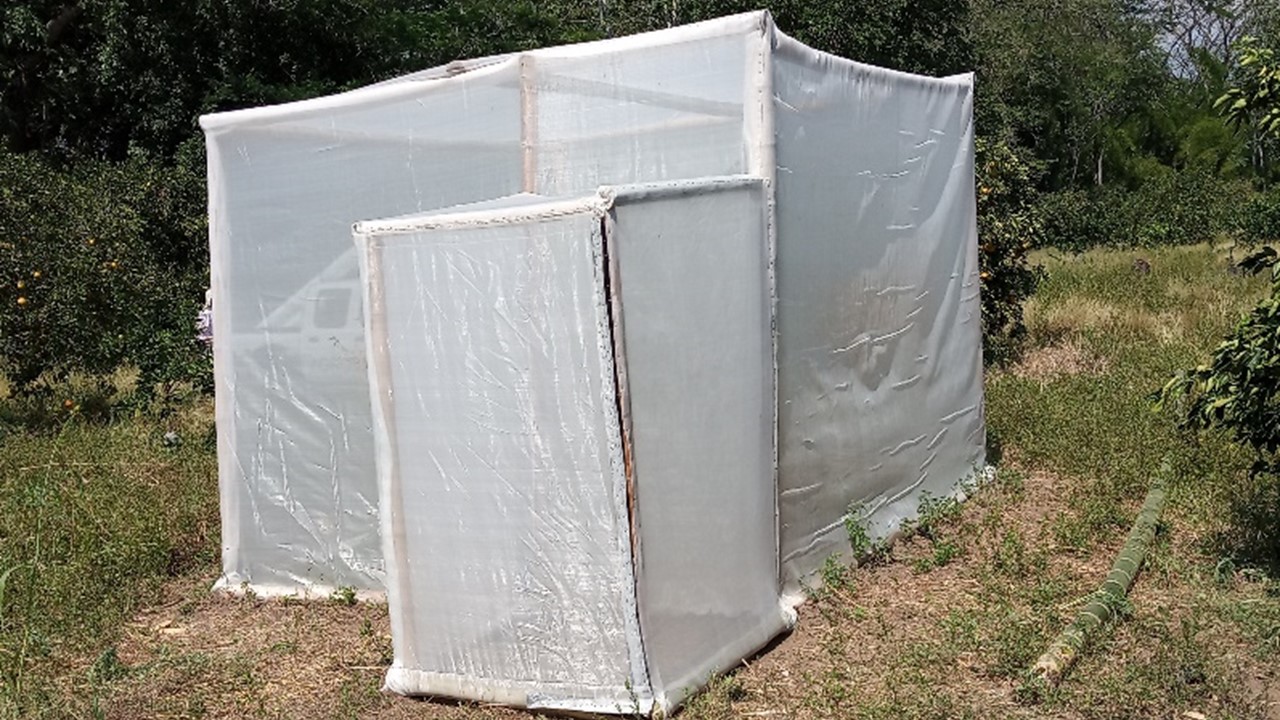Strategies for the in situ increase of Tamarixia radiata for citrus nuclei with Rutaceae as alternate hosts for Diaphorina citri
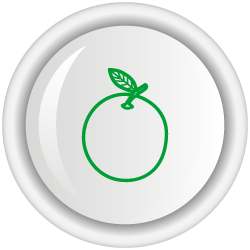
- Thematic area:
- Integrated management of the productive system
- Productive system:
- Citrus
- Geographic coverage:
-
Andean, Amazonian and Orinoquian region
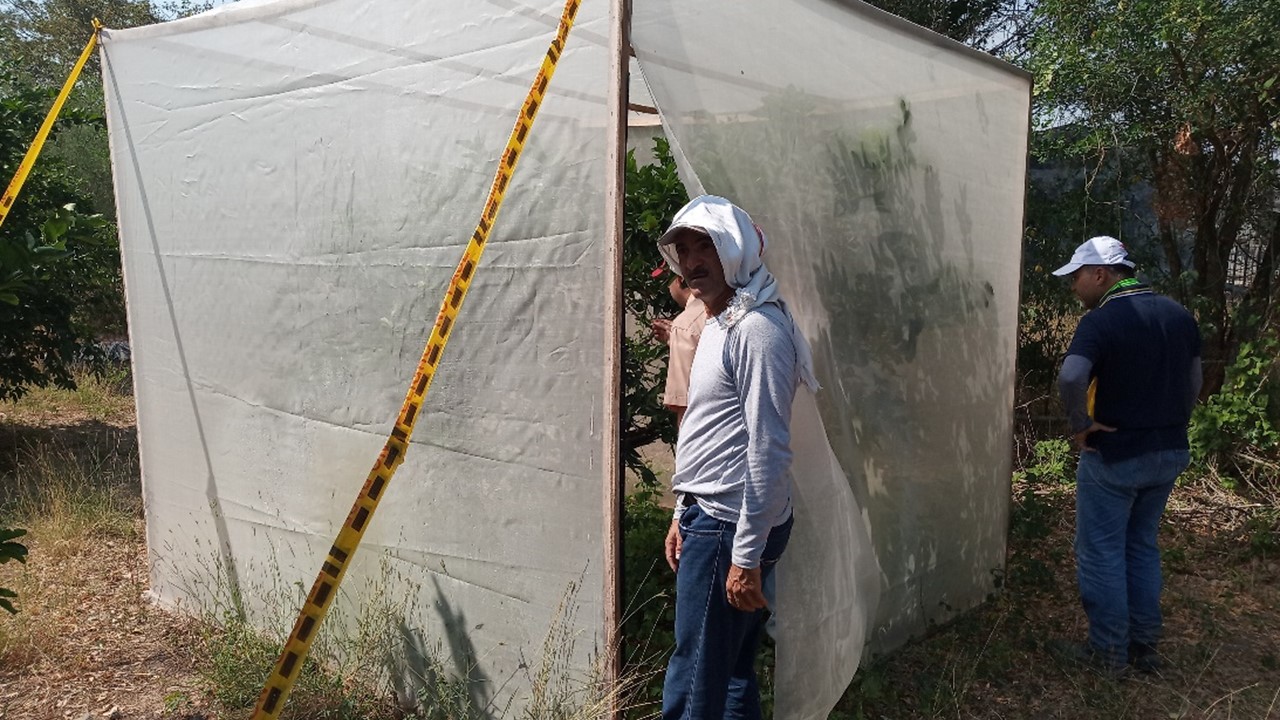
Description
This technological recommendation makes available to the target population a series of activities that allow, in synchrony, to locally increase beneficial insects for citrus cultivation at different scales, depending on the characteristics of the host and the profile of the interested producer.
Diaphorina citri Kuwayama (Hemiptera: Liviidae), popularly known as the Asian Citrus Psyllid (ACP), is an insect vector of the bacterium that causes HLB (Mead and Fasulo n.d.). This insect has a wide distribution and an extensive list of host plants in ca. 25 genera of the family Rutaceae (Halbert and Manjunath 2004).
Among the different categories for managing beneficial insects as regulators of D. citri, there are two options: to increase generalist insects and to have specific natural enemies. In the latter, T. radiata, as a natural enemy, specializes in being an obligate ectoparasite, since it does not have an alternate host to the D. citri pest.
The natural enemy T. radiata is specific; it can be increased at different scales, either at an industrial level, in an alternate host, or in Rutaceae individuals in the field to allow its establishment and the action of the parasitoid (Oirsa, 2019). For the increase of T. radiata, a series of requirements are necessary:
- The person responsible for the implementation of the strategy must know separately or simultaneously the components of the system, that is, the pest insect (D. citri), the parasitoid (T. radiata), and the productive system (citrus or host).
- Have a permanent supply of immature pest individuals through breeding or a reliable source.
- Guarantee that the supply source is free of diseases, for which the plant production unit of Rutaceae, such as myrtle (Murraya paniculata), must be properly isolated.
- The maintenance of D. citri individuals must be done without being exposed to the action of insecticides and in hermetic conditions to guarantee the development of the parasitoid since it is sensitive to the generalized use of this type of product.
- The breeding or supply unit of the insect pest D. citri must be managed under restricted settings and given under adequate conditions to avoid the widespread spread of the pest D. citri.
It should be noted that managing the pest insect in environments with catastrophic HLB disease requires other considerations, such as chemical control and plant eradication. However, this recommendation for an area free of HLB is based on the premise that the controlled maintenance of populations of the insect D. citri is critical to guarantee the establishment of beneficial insects, especially the parasitoid T. radiata.
For this purpose, the citrus host (acid lime, tangerine, lemon, orange) or the alternate hosts (myrtle or swinglea) require a series of synchronized activities. In either case, it is necessary to start by adequately knowing the parasitoid or predator and being certain of its presence in the target area. This is to facilitate the expression of the beneficial interest in regulating populations of phytophagous insects.
Thus, the increase in benefits can be carried out through two routes. Both need to consider first that there must not be commercial interest but a pursuit of protecting the environment and keeping pests at low population levels, while the Citrus HLB disease is not present.
The first route is in commercial citrus trees or alternate hosts in ornamental shrubs or backyards where adequate conditions for this activity are found.
The second is the in situ increase of the beneficial organisms. These can be predators or parasitoids, and the increased activity can be carried out in live fences such as swinglea or myrtle individuals, infested or to be infested with D. citri, must be isolated and placed under hermetic conditions in a proportional isolated structure, which, according to its dimensions, can be built in PVC pipe, in wooden or guadua slats, or even in metal profiles, depending on the interest, availability of resources and intended duration.
Once the structure is adequate, it must be covered in a transparent mesh and, according to the environmental offer, in the open field or under a major tree as a shade; this tree or shrub, according to its size, will be pruned to stimulate shoot emission, with infestation by D. citri or infested from adults of the pest.
Fifteen days after the buds infested with D. citri have been emitted, according to the availability in the area of interest and the level of knowledge of the state of development of the T. radiata mummy, these individuals can be transferred to the isolated unit that will constitute the breeding stock of the parasitoid. Once the parasitism process is triggered, biological material will be available to strengthen the presence of the parasitoid, both in the crop and backyard areas, without insecticide exposure.
The process of maintaining the breeding stock of the parasitoid to promote its establishment in the field will depend on renewing the entry of specimens of different origins to avoid the loss of attributes due to inbreeding. For this reason, orderly and cooperative work between producers or users that have adopted this recommendation will be the basis for guaranteeing genetic variability and conserving the vigor and performance attributes of T. radiata.
Associated publications
- Brochure: Incremento local de insectos benéficos para el cultivo de cítricos [Local increase of beneficial insects for citrus cultivation].
Image Gallery

